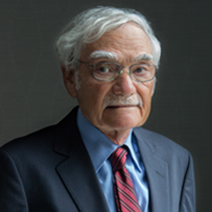Scissor Lifts: Potential Risk of Dangerous Falls
Falls are the No. 1 cause of death in the construction industry, according to the Occupational Health and Safety Administration (OSHA). It’s because of this that so many OSHA regulations and even job specific rules are targeted at minimizing the risk of a fall. For people who use scissor lifts, that risk is very real and sometimes overlooked.
As reported by EHS Today, scissor lifts are common tools in the construction industry. Their ease of use and fold-down mechanisms make them a convenient alternative to scaffolding and ladders in certain situations. And although scissor lifts have guardrails, these rails aren’t always enough to prevent a fall.
Scissor lifts are called such because of the cross-pattern or pantograph folding support they use to extend and lower the work platform. This mechanism gives the worker closer access to the work area and allows the machine to be stored in a smaller area. Some scissor lifts also have an extending bridge, making the platform even more versatile.
Guardrails are considered “acceptable” fall protection. But there are potential shortfalls to the guardrails on scissor lifts. Workers could fall over the top or through the space below the guardrails. Workers must analyze and determine whether there are any fall hazards and do their best to eliminate those hazards.
EHS Today suggests a fall arrest system. This includes an anchor point, connector, and body support. By “tying on,” a worker can help ensure that injury is minimal in the event of a fall.
Most scissor lifts identify the right anchor point location. Anchoring a fall arrest system on a less than ideal location will render it useless, so choose your anchor point wisely.
Also, don’t unhook from your arrest system until the risk of falling is gone, i.e., the lift is lowered. Many workers have fallen after unhooking “just for a minute,” whether to reach something or to take a break. The fall arrest system doesn’t do any good if you are not tied to it.
Falls can be deadly even when you are working from minimal heights. A serious brain injury doesn’t require a long fall and can render you paralyzed without warning.
If you are injured in a fall accident, the attorneys with Ginarte may be able to help. Your employer has a responsibility to keep you safe, and this includes providing the right equipment and ensuring the worksite is free from additional hazards. You could be entitled to compensation for your injuries if they fall short of their responsibilities. Contact us today at 888-GINARTE.













